When it comes to honing your basketball skills, there are various training options available, but the two primary ones compared are private vs small group basketball training . Private basketball training and small group personalized basketball training are two popular choices that cater to different preferences and goals. As an Austin Basketball Trainer for over 11 years, I have done thousands of both formats of sessions and want to share the differences with you.
In this article, we’ll delve into the nuances of these training methods, exploring the differences, benefits, and considerations to help you determine which option aligns best with your needs. Whether you thrive with one-on-one attention or thrive in a group dynamic, understanding the distinctions between these training approaches will empower you to make an informed decision. So, let’s explore the world of personalized basketball training and find the perfect fit for your basketball journey.
Key Takeaways:
- Private basketball training offers individualized attention and a customized training plan, leading to faster skill development.
- Small group personalized basketball training provides social interaction, teamwork, and motivation, while also being cost-effective.
- Basketball is not a private game. Private sessions often don’t address the chaos and anxiety of the game, and the speed of decision-making to get open, manage the defensive pressure, or develop the vision to see the multiple options.
- Consider your goals, budget, learning style, and schedule when deciding between private or small group training.
- My choice as a basketball trainer and also a basketball parent, and former college player…. small group training as long as it is personalized.

What Is Private Basketball Training?
Private basketball training offers individualized coaching and personalized sessions tailored to the specific needs and goals of the player, aiming to elevate their skills on the court. Private sessions average between $75 and $125 an hour, and I am personally offering a rate of $75 but rising costs have me looking to bump that up.
What Is Small Group Basketball Training?
Small group personalized basketball training provides a collaborative environment for skill enhancement, offering tailored coaching in a group setting that fosters teamwork and collective improvement. Here at our Austin Basketball Training center we typically have 5 players booked in a private session which means we average 4 actually attendees.
What Are the Differences Between Private and Small Group Training?
The decision between private and small group basketball training involves considerations of individual skill enhancement through personalized coaching versus group dynamics and collective skill enhancement in a collaborative setting, each offering unique benefits tailored to specific training preferences.
One-on-One Attention in Basketball Training
 One-on-one attention in private basketball training ensures focused individual skill enhancement through personalized coaching and tailored strategies, maximizing the player’s potential for significant improvement.
One-on-one attention in private basketball training ensures focused individual skill enhancement through personalized coaching and tailored strategies, maximizing the player’s potential for significant improvement.
It allows the coach to analyze the player’s strengths and areas for improvement in depth, creating a custom training plan that targets specific skills. This personalized approach fosters confidence and ensures the player receives the necessary attention to refine techniques and develop a deeper understanding of the game.
The individualized nature of the training promotes quicker progress, as the coach can adapt the sessions to suit the player’s pace and learning style. Ultimately, this tailored method creates an environment where players can excel and reach their full potential.
Cost of Private vs. Small Group Basketball Training
 The cost of private basketball training should be considered as an investment in individual development and skill enhancement, ensuring informed decisions based on the value of personalized coaching and dedicated attention.
The cost of private basketball training should be considered as an investment in individual development and skill enhancement, ensuring informed decisions based on the value of personalized coaching and dedicated attention.
When considering the cost of private basketball training, it’s crucial to recognize the long-term benefits. Individual skill development is nurtured through personalized coaching and focused attention, translating into improved performance on the court. Though the initial investment may seem significant, the tailored guidance and targeted sessions often lead to exponential growth in abilities, making the cost worthwhile.
The value of personalized coaching cannot be overstated; it provides a unique opportunity for players to refine specific aspects of their game, ultimately giving them a competitive edge. Our private sessions are $75 per session, and our small group personalized training is $220 per month or $51 per session. ($220 divided by 4.3 average sessions per month)
Group Basketball Training Dynamics
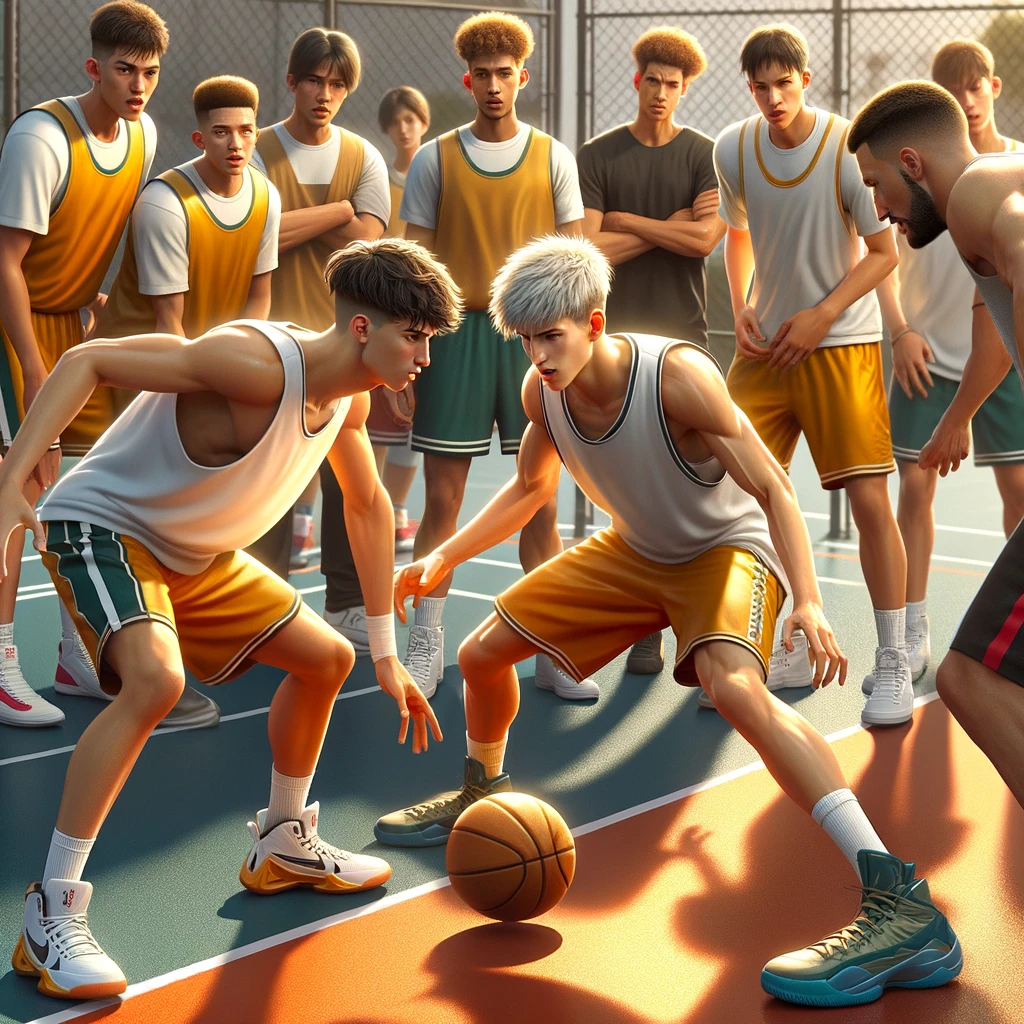 Group dynamics play a vital role in small group personalized basketball training, fostering a collaborative environment that enhances skills collectively, promoting camaraderie and community building within the training context. The questions is, when is a small group too big? I think that depends on the coach and also the coachability of the players. For me, it’s 5 players that allow me to personalized the training to their individualized needs.
Group dynamics play a vital role in small group personalized basketball training, fostering a collaborative environment that enhances skills collectively, promoting camaraderie and community building within the training context. The questions is, when is a small group too big? I think that depends on the coach and also the coachability of the players. For me, it’s 5 players that allow me to personalized the training to their individualized needs.
Through engaging in cooperative drills, players not only develop their individual abilities but also learn to communicate, strategize, and adapt, which are essential aspects in competitive games.
The shared experiences and challenges faced during training sessions create a strong sense of unity and support among the players, enhancing their motivation and commitment towards achieving common goals. This environment promotes mutual encouragement and constructive feedback, nurturing a positive and inclusive atmosphere that contributes to the overall growth and development of each participant.
The collective energy and enthusiasm generated within the group can significantly elevate the intensity and enjoyment of the training, making the process of skill enhancement more engaging and rewarding for all involved.
Skill Level and Basketball Training
Tailored private basketball programs are designed to accommodate various skill levels, offering personalized training plans that cater to the unique goals and aspirations of the players, ensuring holistic skill development.
These programs focus on understanding the individual strengths and areas needing improvement, helping players to reach their full potential. The customized training plans take into account the specific needs of each participant, allowing for targeted skill enhancement.
Through one-on-one sessions and personalized guidance, players receive tailored support, enhancing their confidence and performance on the court. I don’t think that the skill level and athletic talent of the players need to match up exactly, but the curriculum needs to be about the same level. A good trainer can add degrees of difficulty for 1-2 players in the group while still holding the lesser players accountable to “the right way” of doing things.
What Are the Benefits of Private Basketball Training?
Private basketball training offers the benefits of personalized coaching, individual skill enhancement, and effective progress assessment, providing players with dedicated attention and isolation for accelerated skill development and performance improvement on the court.
Customized Basketball Training Plan
A customized training plan in private basketball training ensures individual skill enhancement through personalized coaching, tailoring sessions to the specific needs and goals of the player, fostering holistic development.
Private training programs offer the unique advantage of adapting to each player’s strengths and areas for improvement, fostering a deeper understanding of their unique playing style.
Customized training plans incorporate targeted drills, strategic gameplay analysis, and personalized feedback, all aimed at refining the player’s technique and basketball IQ. By tailoring the training sessions to address specific weaknesses and enhance existing strengths, athletes can experience accelerated growth, enabling them to reach their full potential on the court.
Individualized Attention in Basketball Training
 Individualized attention in private basketball training ensures dedicated coaching and progress assessment, enabling players to receive exclusive guidance and focused development tailored to their unique skills and performance goals.
Individualized attention in private basketball training ensures dedicated coaching and progress assessment, enabling players to receive exclusive guidance and focused development tailored to their unique skills and performance goals.
By incorporating personalized coaching in private basketball training, players have the opportunity to work closely with a dedicated coach who can tailor sessions to focus on their specific strengths and areas for improvement. This approach allows for a more targeted and effective training regimen, fostering greater skill development and overall performance enhancement.
The ability to consistently assess and track progress ensures that training remains tailored and dynamic, adapting to the evolving needs and goals of each individual player.
Faster Skill Development
Private basketball training accelerates skill development through personalized coaching and progress assessment, facilitating faster improvement and enhancement of player performance on the court.
With personalized coaching, players receive individualized attention to focus on their specific strengths and weaknesses, enabling targeted improvement. Progress assessment plays a pivotal role in identifying areas for growth and tailoring training programs to address them effectively. This customized approach optimizes the learning process, translating into accelerated skill development and enhanced on-court performance. It also instills a sense of accountability and determination in players, as they work towards specific, attainable goals set with personalized guidance.
Keep in mind, this can mean faster skill development, without defense, without decision-making, etc. Find the balance.
Flexibility in Scheduling Basketball Training Sessions
Private basketball training offers flexibility in scheduling, enabling players to customize sessions and coaching plans according to their availability and specific developmental needs. As a busy trainer myself, this often has limits. I only have so many new openings per month, and they are simply what is available. Newer or less established trainers may have more flexibility.
This tailored approach allows athletes to work around their school or work commitments while still receiving personalized coaching and skill development. Coaches can design individualized workout schedules, addressing specific weaknesses and enhancing strengths, ultimately maximizing the player’s potential.
The flexibility also extends to the location of training, as it can be arranged at a convenient gym or court, eliminating travel constraints. Players can benefit from focused attention during their preferred times, ensuring efficient use of their training time and resources.
What Are the Benefits of Small Group Personalized Basketball Training?
Small group personalized basketball training provides benefits such as collective skill enhancement, community building, and performance metrics evaluation, fostering a collaborative and supportive environment for players to grow and improve together.
Social Interaction and Teamwork
Small group personalized basketball training encourages social interaction and teamwork, fostering a sense of community and camaraderie among players, dispelling the misconceptions regarding isolation in group training environments.
We believe the benefits of basketball that help players develop skills off the court include: collaboration, trust, accountability, communication, and social connection. Our Austin Girls Select Basketball Team holds these as core values and goals. This form of training creates an environment where players can support and motivate each other, enhancing their basketball skills while building strong bonds. It allows for individualized attention and mentorship within a small, closely-knit group, leading to a deeper understanding of the game and greater personal growth.
Through shared experiences and collaborative drills, participants develop a synergy that extends beyond the court, reinforcing the broader community and cultural connections that make basketball such a rich and unifying sport.
Cost-effective
Small group personalized basketball training offers cost-effective options for skill enhancement, featuring specialized programs and training options that promote collective excellence at affordable rates.
Many individuals find that the small group setting allows for more personalized attention from the coach, leading to accelerated skill development without the high costs associated with private one-on-one training. In addition, group training provides a supportive environment as players learn from each other, building camaraderie and team dynamics that are essential on the basketball court.
With the availability of flexible scheduling and the opportunity to split the cost among participants, small group personalized basketball training becomes an attractive and cost-effective choice for those seeking quality instruction and skill improvement.
Competition and Motivation
Small group personalized basketball training fosters competition and motivation, leveraging the dynamic of a supportive community and performance evaluation metrics to drive players towards continuous improvement and excellence.
Players benefit from the competitive environment within the small group setting, pushing each other to elevate their game. The shared experience results in heightened motivation, as they collectively strive to reach new levels of skill and performance. The community support adds a sense of camaraderie and shared accomplishment, contributing to a positive training atmosphere.
The use of performance evaluation metrics allows each player to track their progress, identify areas for improvement, and set achievable goals, fostering a culture of individual growth within the group dynamic.
Personalized Attention from Basketball Coach
Small group personalized basketball training ensures personalized attention from the coach, offering tailored guidance and strategies to each player within a collaborative setting, promoting individualized development.
With small group coaching, players receive individualized coaching that is specific to their strengths, weaknesses, and developmental needs. This allows the coach to focus on fine-tuning each player’s skills, addressing their unique challenges, and fostering a growth mindset. The collaborative nature of the setting also encourages peer learning and constant feedback, creating a supportive environment for players to excel. By integrating personalized guidance and group dynamics, this approach enhances not only individual performance but also teamwork and communication on the court.
Which Type of Basketball Training Is Best for You?
Choosing the best type of basketball training depends on individual preferences, goals, budget, and learning style, with considerations for the benefits of private training, the advantages of group environments, and the associated costs for each option.
Consider Your Goals
Consider your goals and aspirations when choosing between private and small group personalized basketball training, exploring tailored programs and specialized group training options that align with your objectives and skill development needs.
Every player has unique ambitions and areas for improvement, making it crucial to find a program that caters to individual growth.
Private training can provide personalized attention and focus on specific skills, ideal for those aiming to refine specific techniques or enhance overall performance.
On the other hand, small group training offers the benefits of teamwork, competition, and camaraderie while still allowing for personalized attention and skill development.
Consider Your Budget
{
Assess your budget and financial considerations in the decision-making process between private and group basketball training, exploring the costs associated with private training and the affordability of group training options to make an informed choice aligned with your financial resources.
When considering basketball training, it’s essential to carefully evaluate the financial aspects. Private training may carry a higher price tag due to the personalized attention and individualized instruction, while group training usually offers more affordable rates due to shared resources.
Understanding your budget will help you determine which option is feasible without compromising the quality of training. Exploring different training facilities and coaches can provide valuable insight into the variance in costs and the features offered within your budget.”
Assess your budget and financial considerations in the decision-making process between private and group basketball training, exploring the costs associated with private training and the affordability of group training options to make an informed choice aligned with your financial resources.
When considering basketball training, it’s essential to carefully evaluate the financial aspects. Private training may carry a higher price tag due to the personalized attention and individualized instruction, while group training usually offers more affordable rates due to shared resources. Understanding your budget will help you determine which option is feasible without compromising the quality of training. Exploring different training facilities and coaches can provide valuable insight into the variance in costs and the features offered within your budget.
Consider Your Learning Style
Consider your learning style and preferences when evaluating private and group basketball training, addressing misconceptions about isolation in private training and exploring the sense of community and collaboration in group environments to align with your learning preferences.
Understanding your own learning style and preferences is crucial when making decisions about basketball training. Private training is often misconstrued as isolating, but it can provide a personalized and focused learning experience tailored to your needs. On the other hand, group training fosters a sense of camaraderie and teamwork, allowing for shared experiences and mutual support. It’s essential to recognize the unique dynamics of both settings and how they cater to different aspects of your learning journey.
Consider Your Schedule
Evaluate your schedule and availability when comparing private and small group personalized basketball training, examining the flexibility in scheduling offered by private coaching and the collaborative dynamics within group training to suit your time commitments.
When choosing between private and group basketball training, understanding your own schedule and time availability is crucial. Private coaching offers the advantage of flexibility in scheduling, allowing you to arrange sessions that align with your specific commitments and priorities.
On the other hand, group training presents a collaborative dynamic that can be beneficial for those who thrive in a team environment. It fosters an atmosphere of camaraderie and teamwork, enhancing the overall training experience.
By carefully assessing your schedule and preferences, you can determine which training approach best caters to your needs and goals.”
Frequently Asked Questions
What is the difference between private basketball training and small group personalized basketball training?
Private basketball training involves one-on-one coaching sessions while small group personalized basketball training involves a small group of players receiving personalized coaching.
What are the benefits of private basketball training?
Private basketball training allows for individualized attention and personalized coaching tailored to the player’s specific needs and goals.
What are the benefits of small group personalized basketball training?
Small group personalized basketball training combines the benefits of individualized attention with the added benefit of training with a small group of players who push and challenge each other.
Which training option is best for beginners?
For beginners, private basketball training may be the best option as it allows for a slower pace and more focused instruction on the basics of the game.
Which training option is best for advanced players?
Advanced players may benefit more from small group personalized basketball training as it allows for more game-like scenarios and competition with other skilled players.
What is the cost difference between private and small group personalized basketball training?
Private basketball training is typically more expensive due to the one-on-one nature of the sessions, while small group personalized training may offer a more affordable option for those on a budget.

 Comprehensive Skill Improvement: Advanced AR platforms provide a holistic approach to skill development, encompassing shooting, dribbling, passing, and defensive tactics. For example, HomeCourt’s AR technology offers a detailed analysis of a player’s shooting form, dribble speed, and ball-handling skills, enabling a comprehensive improvement plan tailored to individual needs.
Comprehensive Skill Improvement: Advanced AR platforms provide a holistic approach to skill development, encompassing shooting, dribbling, passing, and defensive tactics. For example, HomeCourt’s AR technology offers a detailed analysis of a player’s shooting form, dribble speed, and ball-handling skills, enabling a comprehensive improvement plan tailored to individual needs. Research and Select Suitable AR and VR Training Apps: Begin by exploring available AR and VR basketball training apps. Consider factors like features, user reviews, and compatibility with your devices.
Research and Select Suitable AR and VR Training Apps: Begin by exploring available AR and VR basketball training apps. Consider factors like features, user reviews, and compatibility with your devices.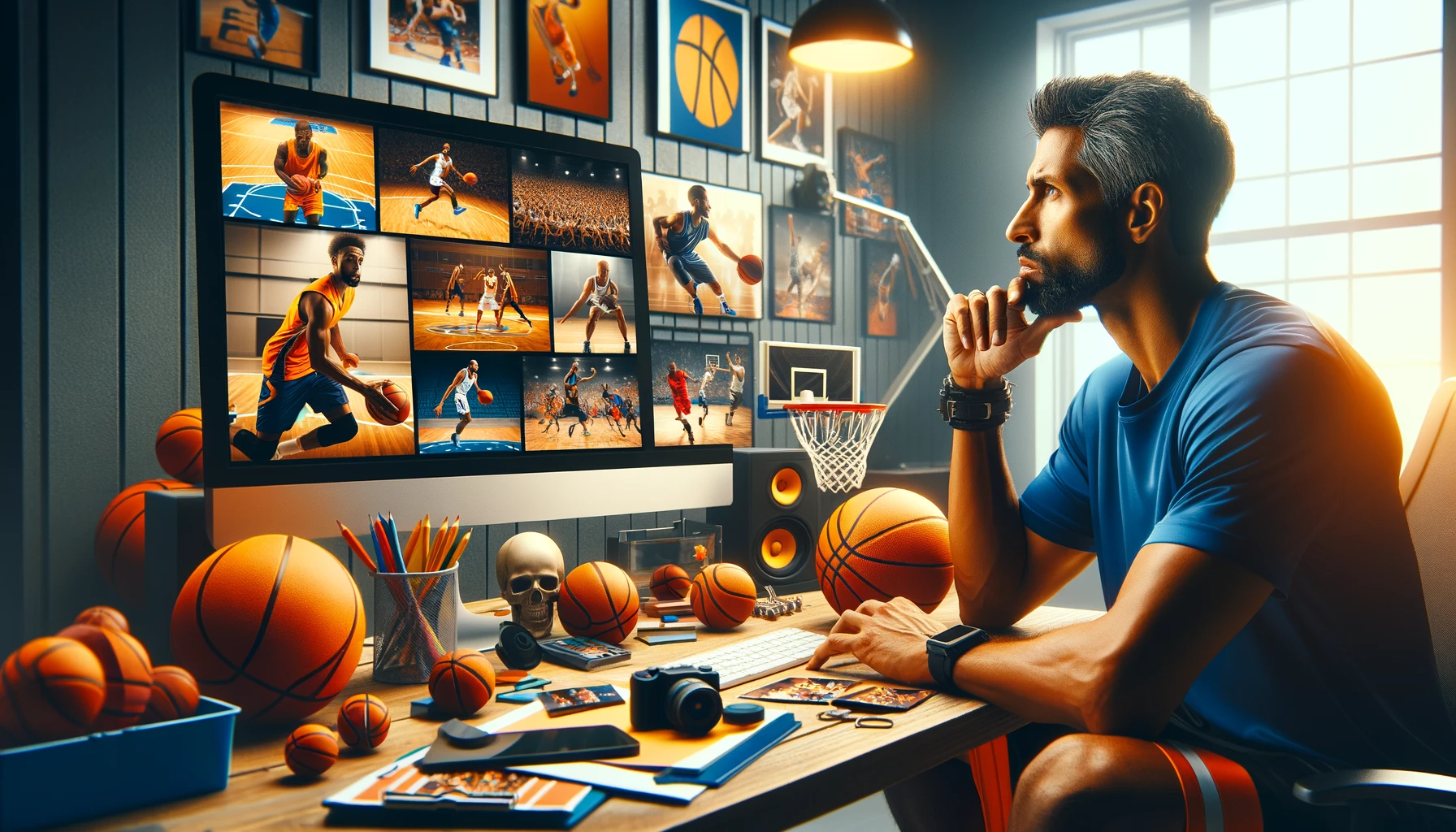
 For marketing purposes, dynamic and high-quality basketball images help training companies to engage with their audience more effectively. These photos are used in brochures, websites, social media, and advertising campaigns to convey the excitement and professionalism of their training programs.
For marketing purposes, dynamic and high-quality basketball images help training companies to engage with their audience more effectively. These photos are used in brochures, websites, social media, and advertising campaigns to convey the excitement and professionalism of their training programs. Basketball stock photography can significantly enhance social media marketing by providing visually engaging content that attracts and retains audience attention. Effective use of these images can convey energy,
Basketball stock photography can significantly enhance social media marketing by providing visually engaging content that attracts and retains audience attention. Effective use of these images can convey energy,  Yes, amateur photographers can sell basketball stock photography, provided they produce high-quality, unique images that meet stock photo websites’ standards. Focusing on capturing unique angles, moments, and expressions can make your photos stand out. Before selling, ensure you understand and adhere to legal requirements, including model and property releases if applicable.
Yes, amateur photographers can sell basketball stock photography, provided they produce high-quality, unique images that meet stock photo websites’ standards. Focusing on capturing unique angles, moments, and expressions can make your photos stand out. Before selling, ensure you understand and adhere to legal requirements, including model and property releases if applicable.
 These questions are crafted to
These questions are crafted to 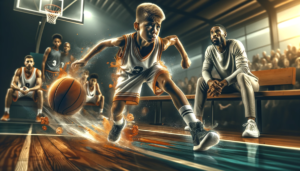 These questions delve into various aspects of a basketball player’s journey, addressing their personal development, team dynamics, emotional intelligence, and strategic thinking. By engaging players in such reflective and forward-thinking conversations, a coach can help them develop a deeper understanding of their role in the sport, their personal growth, and their contribution to the team. This holistic approach supports the development of not only skilled athletes but also well-rounded, thoughtful, and resilient individuals.
These questions delve into various aspects of a basketball player’s journey, addressing their personal development, team dynamics, emotional intelligence, and strategic thinking. By engaging players in such reflective and forward-thinking conversations, a coach can help them develop a deeper understanding of their role in the sport, their personal growth, and their contribution to the team. This holistic approach supports the development of not only skilled athletes but also well-rounded, thoughtful, and resilient individuals.
 Types of Images to Include (Court, Training Sessions, etc.)
Types of Images to Include (Court, Training Sessions, etc.) Strategies for Gaining Positive Reviews
Strategies for Gaining Positive Reviews


 advanced basketball shooting techniques: beyond the basics.
advanced basketball shooting techniques: beyond the basics.


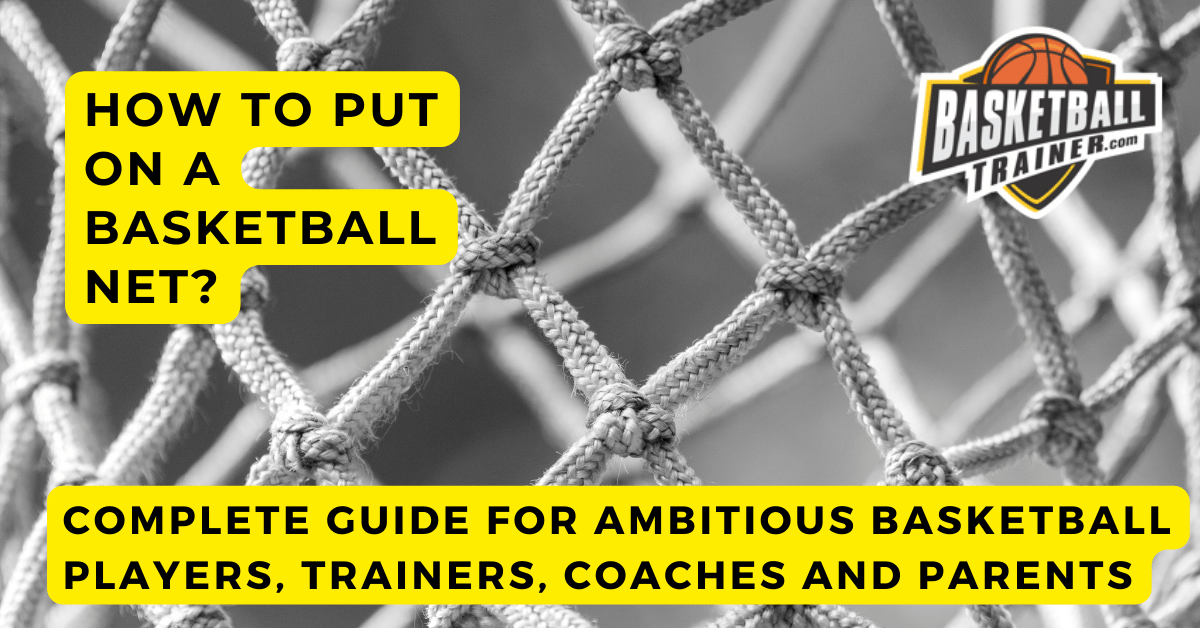
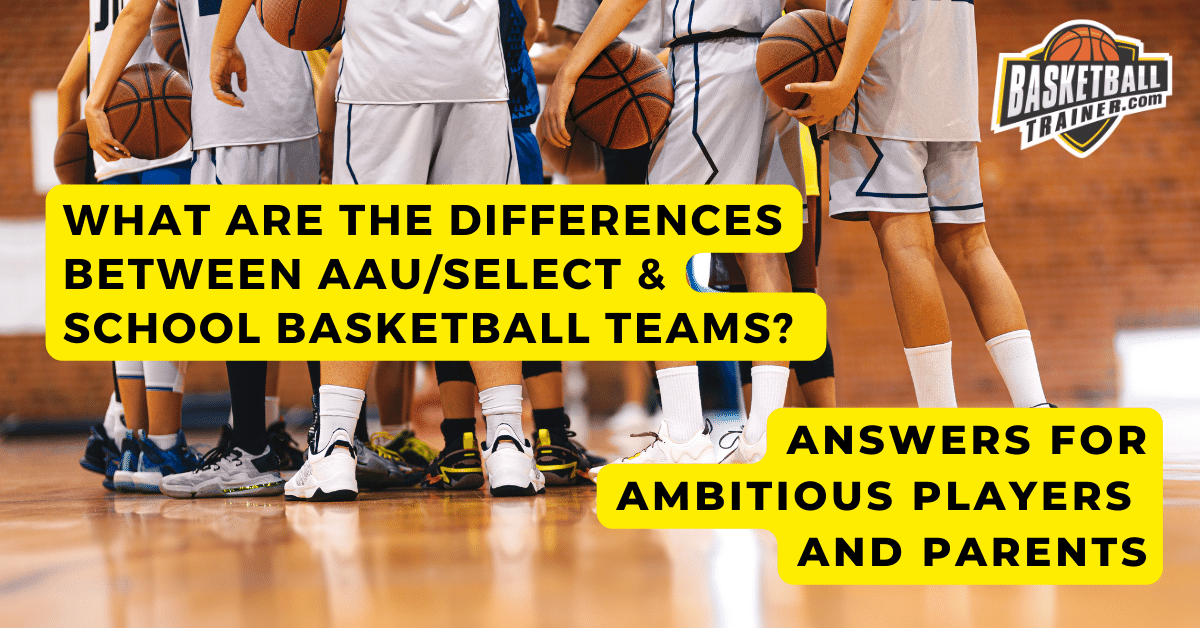
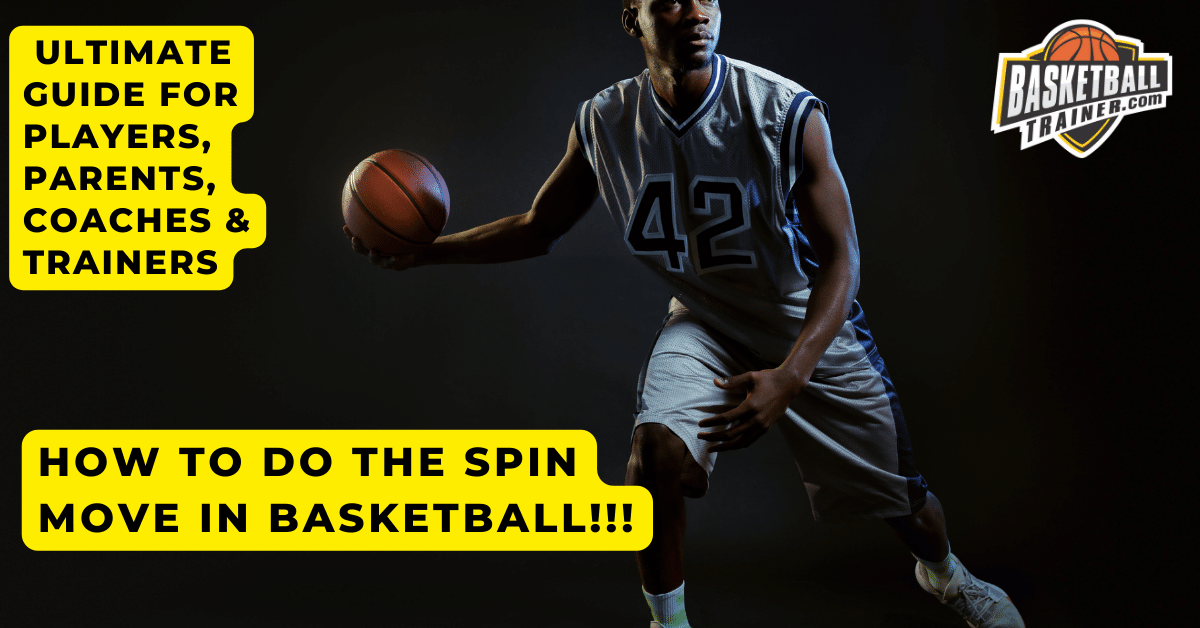 How to Do A Spin Move In Basketball is a skill that separates the novice from the seasoned player.
How to Do A Spin Move In Basketball is a skill that separates the novice from the seasoned player.







